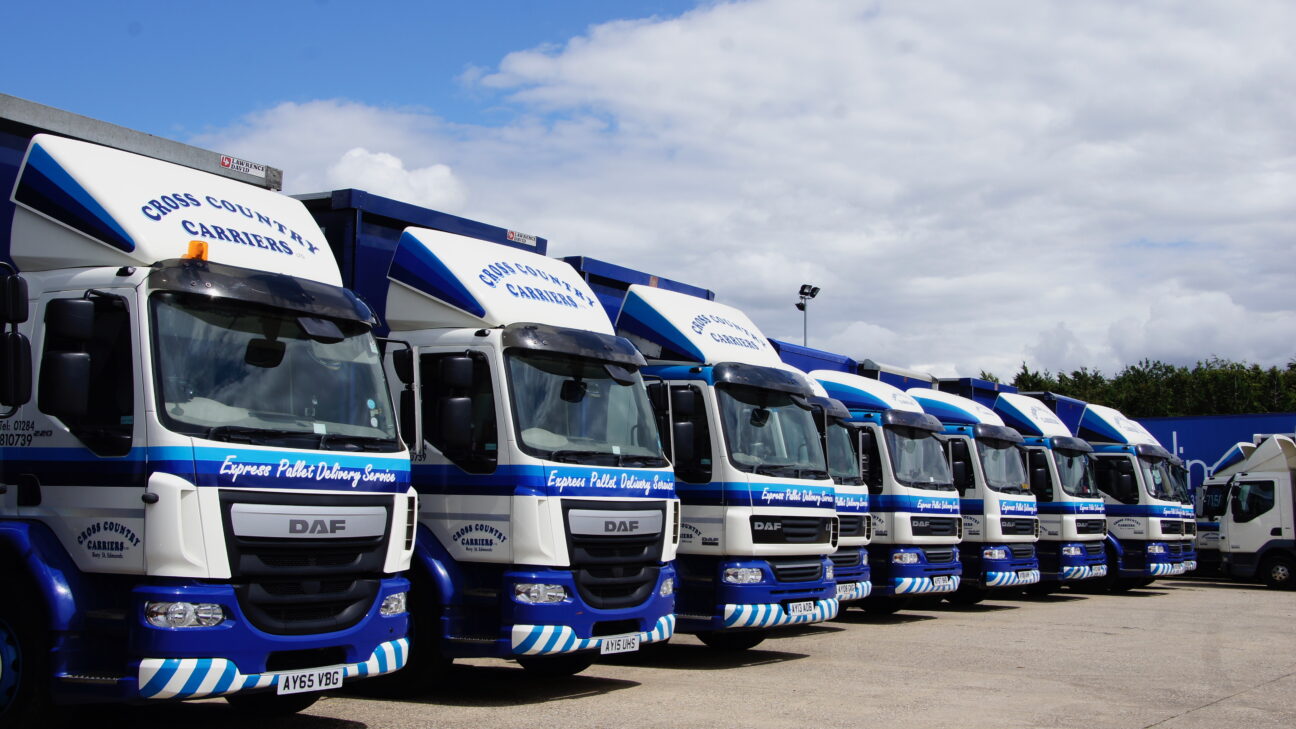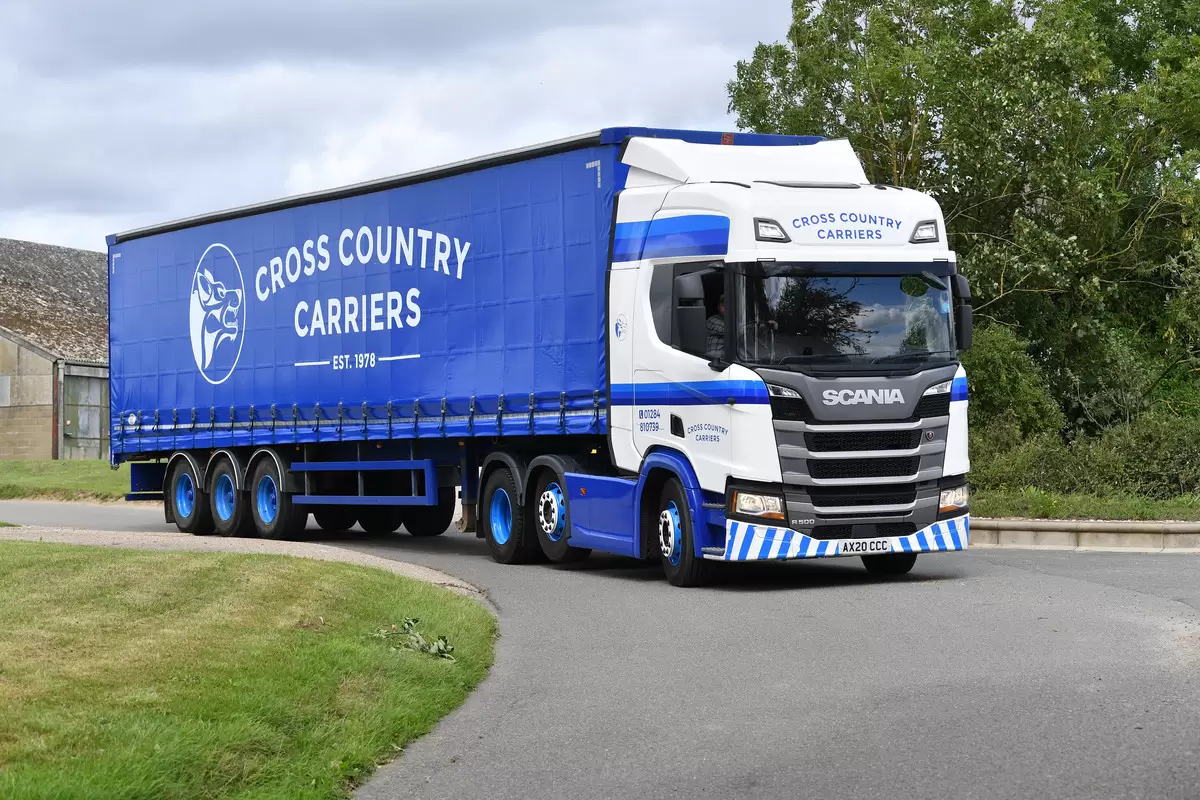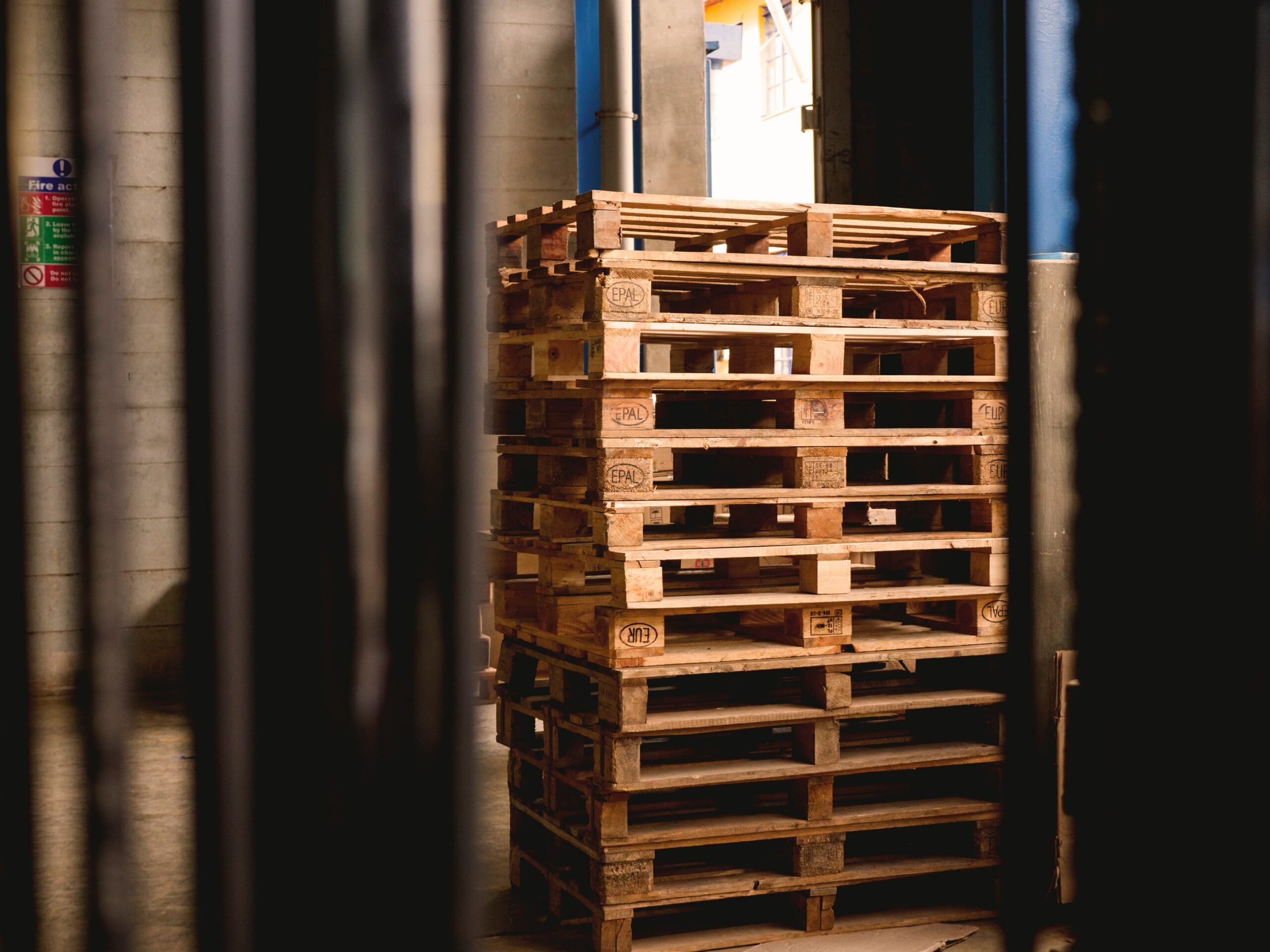
When travelling the UK, spotting a Heavy Goods Vehicles (HGVs) or a lorry is a common sight on UK motorways. From delivering goods to construction projects and transporting essential commodities across the country, HGVs come in various types, each designed for specific purposes.
But what is the difference? Here, we explore the different types of lorries and HGVs, and what their uses are.
What is an Articulated Lorry?
Articulated lorries, also known as tractor-trailers or semi-trucks, consist of a tractor unit and a trailer. Normally used for long-haul transportation of goods across the UK, the design of these HGVs is better for manoeuvrability.
They are often the desired vehicle for moving large volumes of cargo over longer distances.
What is a Rigid Lorry?
Unlike articulated lorries, rigid lorries don’t have a separate trailer for goods. Most commonly, this particular type of HGV is used for local or regional distribution. However, a rigid lorry can also come in various sizes, for example a box truck, flatbeds and tripper trucks are all rigid lorries but cater towards different cargo requirements.
What is a Tipper Lorry Commonly Used For?
Also known as dump trucks, Tipper lorries are designed to transport loose materials. For example, sand or gravel. These HGV’s also include a hydraulic mechanism that enables the vehicle to tip the debris out. This makes for easy unloading of materials. Typically, tipper lorries are used in construction and infrastructure sectors across the UK.
What Type of Lorry is Used to Transport Liquids?
For the transportation of liquids, the use of a tanker lorry is required. This HGV is specifically designed to be able to transport the specialised goods. Tanker lorries can carry anything from chemicals to milk, and they come in various shapes and sizes; each configuration is equipped with the precautions to ensure safe and efficient transportation.
What is a Flatbed Lorry Used For?
Flatbed lorries feature a flat, open cargo area without sides or a roof, making them suitable for transporting oversized or irregularly shaped loads.
They are commonly used for moving constriction materials from A to B, however other uses may include machinery, vehicles and other large items that cannot be accommodated in standard enclosed trailers. Flatbed lorries offer easy loading/unloading which makes them indispensable in various industries.
What is a Curtain-Sided Lorry used for?
Curtain-sided lorries have a flexible, retractable curtain on each side of the cargo space, providing easy access to the load. These HGVs are typically used to deliver palletised items, parcels, and other cargo that needs to be loaded and unloaded quickly and efficiently. Curtain-sided lorries provide weather protection while remaining accessible, making them popular choices for distribution and logistical operations.
As you can see from the above, HGVs come in a variety of types to meet the diverse needs of the UK’s logistics and transportation industry. By understanding the different HGV types, you can find a logistics supplier than has the vehicles needed to move your cargo safe and efficiently to where they need to be.
Cross Country Carriers specialise in general haulage, pallet delivery and pallet collection. As such, we have a fleet of vehicles that are equipped to focus on these services, such as our Moffet trucks which can assist with easy unloading and offloading of your goods. If you’re looking for a logistics partner you can trust, don’t hesitate to get in touch today.


